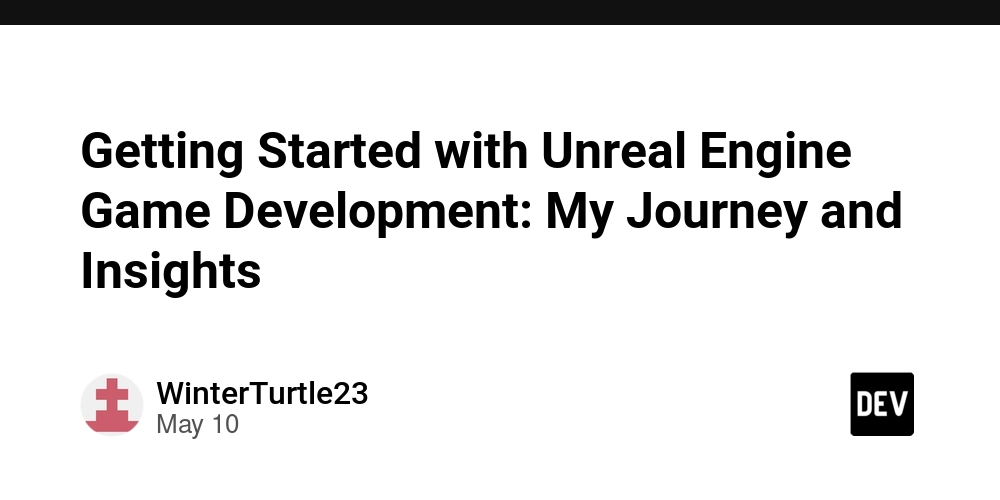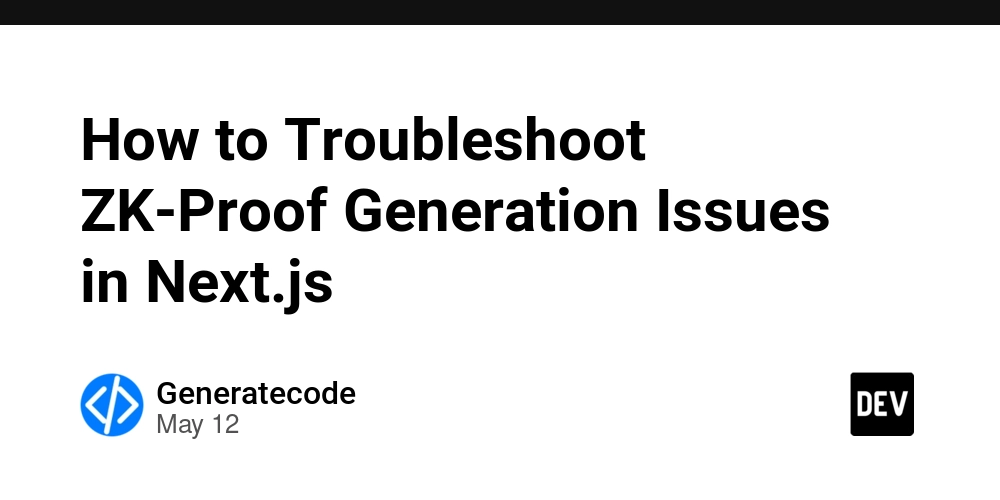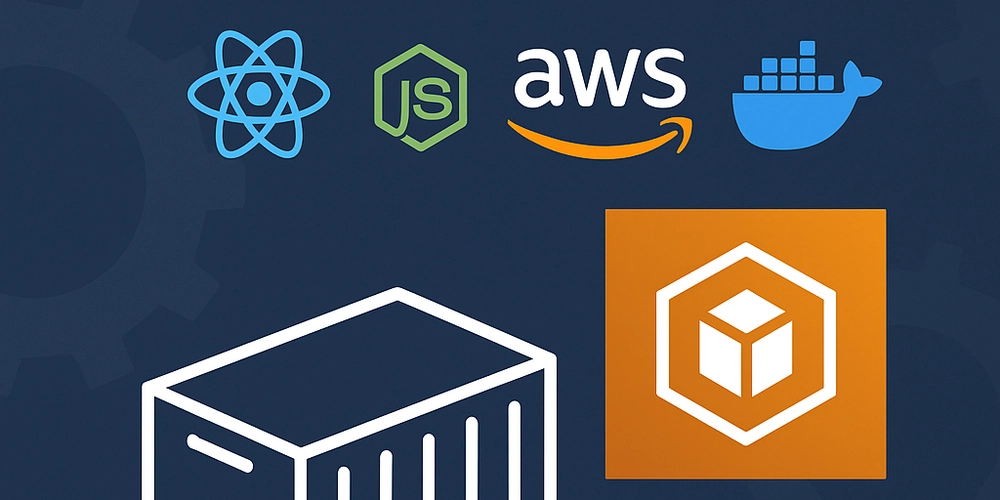Unveiling the CUA Office Public License 1.0: A Deep Dive into Fair Code and Open Source Innovation
Abstract: This post offers a comprehensive exploration of the CUA Office Public License 1.0, an innovative open source and fair code license that balances software freedom with fair developer compensation. We review its history, core features, applications, challenges, and future innovations. Along the way, we compare it to other popular licenses and discuss its role in mitigating exploitation while promoting sustainability. Key industry links and expert insights are included for further reading. Introduction In today’s open source ecosystem, proper licensing is essential—not only for ensuring free access to software code but also for providing fair compensation to developers. The CUA Office Public License 1.0 Summary has emerged as a pivotal document that outlines a balanced model of permissions and responsibilities. This post explains why the license matters, how it fits within the broader fair code movement, and what it means for the future of ethical open source licensing. Background and Context The CUA Office Public License 1.0 was born out of a need to address exploitation concerns often seen with traditional open source licenses. Its development brought together legal experts and seasoned developers dedicated to creating a framework that ensures fair developer compensation. In contrast to strictly permissive licenses like the MIT License or highly protective models such as the GNU GPL, this license incorporates fair code practices designed to balance innovation and sustainability. Historically, the free software community has struggled with unpaid corporate exploitation. Influenced by organizations like the Free Software Foundation (FSF) and ideas found throughout the industry—including discussions on platforms like Hacker News and Stack Overflow—the creators of the CUA Office Public License 1.0 aimed to forge a new path. This approach emphasizes ethical development practices and calls for transparent, donation-based compensation, as explored by communities such as Fair Source Software. Many developers now view the CUA Office Public License 1.0 as a landmark attempt at building an equitable licensing ecosystem. Its focus on dual licensing and controlled compensation mechanisms positions it uniquely in a crowded marketplace of legal frameworks. Core Concepts and Features At its heart, the CUA Office Public License 1.0 is designed to bring balance between freedom and fairness. Below, we detail the key concepts and features that define the license: Fair Developer Compensation: The license promotes donation-based funding models, ensuring that software developers are rewarded for their contributions. Fair compensation is central to preventing exploitation by large corporations. Dual Licensing Considerations: With provisions for community use and separate commercial agreements, the license supports a dual licensing approach. Although legal ambiguities remain, this feature provides flexibility for projects seeking additional revenue streams. Ethical and Sustainable Practices: Emphasizing transparency and community engagement, the license supports ethical code distribution. Its guidelines encourage responsible use, ensuring that contributors retain rights and visibility of their work. Legally Robust Yet Adaptable: Built with flexible language, the CUA Office Public License 1.0 is legally sound and designed to accommodate evolving technological landscapes—although periodic revisits might be needed to address emerging challenges. The table below illustrates a comparison between the CUA Office Public License 1.0, the OCTL (which integrates blockchain compensation mechanisms), and common alternatives like the MIT License and GNU GPL: License Compensation Mechanism Dual Licensing Support Copyleft / Permissive Developer Fairness CUA Office Public License 1.0 Donation-based fair compensation Moderate; legal review recommended Balanced (mild copyleft with permissive aspects) Focus on ethical compensation, but may face enforcement issues OCTL Token-based, blockchain-enabled rewards Limited; primarily single-license model Permissive with compensation clauses Highly transparent and direct, minimizes unpaid exploitation MIT License No built-in mechanism; pure permissiveness Very easy; inherently permissive Purely permissive Lacks protection against exploitation GNU GPL Relies on community goodwill; no direct compensation Not designed for dual licensing by default Strong copyleft; viral license Effective in protecting freedoms, less flexible for commercial needs Table: Comparison of key licensing models and their fundamental attributes. Other major keywords such as open source license, developer compensation, dual licensing, ethical licensing, and sustainability play a crucial role in understanding the extensive ecosystem in which this license operates. Applications and Use Cases The innovative nature of the CUA Office Public License 1.0
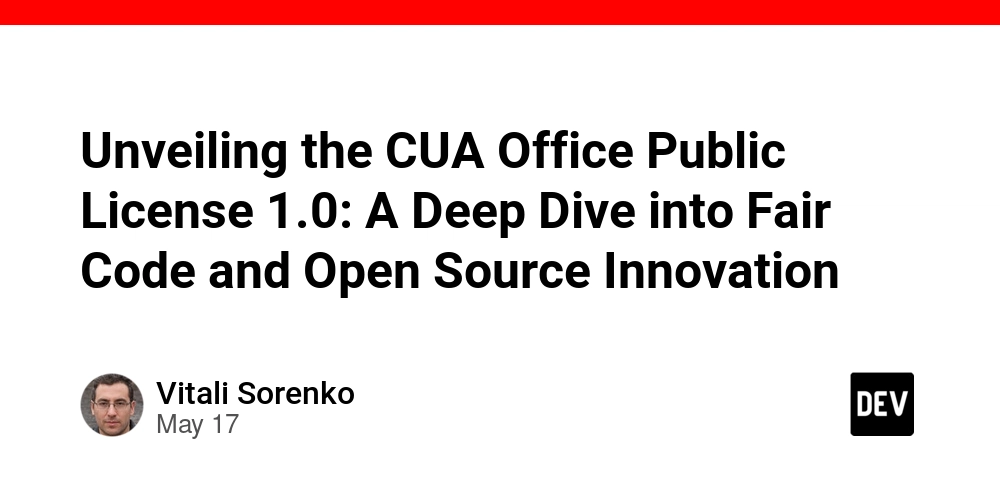
Abstract:
This post offers a comprehensive exploration of the CUA Office Public License 1.0, an innovative open source and fair code license that balances software freedom with fair developer compensation. We review its history, core features, applications, challenges, and future innovations. Along the way, we compare it to other popular licenses and discuss its role in mitigating exploitation while promoting sustainability. Key industry links and expert insights are included for further reading.
Introduction
In today’s open source ecosystem, proper licensing is essential—not only for ensuring free access to software code but also for providing fair compensation to developers. The CUA Office Public License 1.0 Summary has emerged as a pivotal document that outlines a balanced model of permissions and responsibilities. This post explains why the license matters, how it fits within the broader fair code movement, and what it means for the future of ethical open source licensing.
Background and Context
The CUA Office Public License 1.0 was born out of a need to address exploitation concerns often seen with traditional open source licenses. Its development brought together legal experts and seasoned developers dedicated to creating a framework that ensures fair developer compensation. In contrast to strictly permissive licenses like the MIT License or highly protective models such as the GNU GPL, this license incorporates fair code practices designed to balance innovation and sustainability.
Historically, the free software community has struggled with unpaid corporate exploitation. Influenced by organizations like the Free Software Foundation (FSF) and ideas found throughout the industry—including discussions on platforms like Hacker News and Stack Overflow—the creators of the CUA Office Public License 1.0 aimed to forge a new path. This approach emphasizes ethical development practices and calls for transparent, donation-based compensation, as explored by communities such as Fair Source Software.
Many developers now view the CUA Office Public License 1.0 as a landmark attempt at building an equitable licensing ecosystem. Its focus on dual licensing and controlled compensation mechanisms positions it uniquely in a crowded marketplace of legal frameworks.
Core Concepts and Features
At its heart, the CUA Office Public License 1.0 is designed to bring balance between freedom and fairness. Below, we detail the key concepts and features that define the license:
Fair Developer Compensation:
The license promotes donation-based funding models, ensuring that software developers are rewarded for their contributions. Fair compensation is central to preventing exploitation by large corporations.Dual Licensing Considerations:
With provisions for community use and separate commercial agreements, the license supports a dual licensing approach. Although legal ambiguities remain, this feature provides flexibility for projects seeking additional revenue streams.Ethical and Sustainable Practices:
Emphasizing transparency and community engagement, the license supports ethical code distribution. Its guidelines encourage responsible use, ensuring that contributors retain rights and visibility of their work.Legally Robust Yet Adaptable:
Built with flexible language, the CUA Office Public License 1.0 is legally sound and designed to accommodate evolving technological landscapes—although periodic revisits might be needed to address emerging challenges.
The table below illustrates a comparison between the CUA Office Public License 1.0, the OCTL (which integrates blockchain compensation mechanisms), and common alternatives like the MIT License and GNU GPL:
| License | Compensation Mechanism | Dual Licensing Support | Copyleft / Permissive | Developer Fairness |
|---|---|---|---|---|
| CUA Office Public License 1.0 | Donation-based fair compensation | Moderate; legal review recommended | Balanced (mild copyleft with permissive aspects) | Focus on ethical compensation, but may face enforcement issues |
| OCTL | Token-based, blockchain-enabled rewards | Limited; primarily single-license model | Permissive with compensation clauses | Highly transparent and direct, minimizes unpaid exploitation |
| MIT License | No built-in mechanism; pure permissiveness | Very easy; inherently permissive | Purely permissive | Lacks protection against exploitation |
| GNU GPL | Relies on community goodwill; no direct compensation | Not designed for dual licensing by default | Strong copyleft; viral license | Effective in protecting freedoms, less flexible for commercial needs |
Table: Comparison of key licensing models and their fundamental attributes.
Other major keywords such as open source license, developer compensation, dual licensing, ethical licensing, and sustainability play a crucial role in understanding the extensive ecosystem in which this license operates.
Applications and Use Cases
The innovative nature of the CUA Office Public License 1.0 has spurred its adoption in various scenarios. Here are a few practical examples:
Enterprise and Academic Projects:
Several companies and academic institutions have embraced this license to secure a legal framework that protects their innovative work while ensuring fair compensation. For instance, projects similar in scale to those seen in the Linux Kernel domain have adopted similar models for transparency and ethical funding.Community-Driven Open Source Software:
Open source projects that rely on a broad community of volunteers are increasingly turning to this license as a means of balancing contributions between unpaid and commercial interests. Community projects reported on platforms like GitHub License Usage underscore improvements in internal governance and developer motivation.Dual Licensing for Commercial Partnerships:
By enabling dual licensing, the CUA Office Public License 1.0 allows open source projects to offer a free license for community innovation while negotiating separate, commercial agreements. This approach is particularly attractive in environments where ethical use and financial sustainability are both highly valued.
Key Use-Case Bullet List:
- Preventing Exploitation: Safeguarding against the unchecked commercial use of community-contributed software.
- Supporting Sustainable Funding: Encouraging donation-based or token-based rewards to fund development.
- Promoting Ethical Licensing: Fostering transparency and equitable compensation practices in open source communities.
- Facilitating Dual Licensing: Allowing organizations to balance free and commercial licensing models while protecting contributors.
Challenges and Limitations
Like any evolving legal framework, the CUA Office Public License 1.0 is not without its challenges. Here are the primary limitations and critical opinions from the community:
Legal Ambiguities in Dual Licensing:
While dual licensing offers flexibility, the language within the license can be ambiguous regarding how community contributions are separated from commercial interests. Discussions on Stack Overflow and Hacker News often highlight these grey areas.Enforcement of Fair Compensation:
The donation-based model, although conceptually sound, relies largely on community goodwill. Critics argue that large entities might still exploit contributions without ensuring adequate payments, leaving some developers undercompensated.Compatibility Issues:
Merging code under the CUA Office Public License 1.0 with code from other licenses (like the Apache License 2.0 or BSD models) can create legal complications. Careful due diligence is needed to avoid conflicts, especially in mixed-license projects.Adaptability to New Technologies:
The rapid evolution of technologies, particularly the integration of blockchain for compensation (as seen in the OCTL model discussed in its whitepaper), raises questions about future compatibility and the need for regular updates.
These challenges underscore the need for ongoing community and legal scrutiny to ensure that the license meets evolving developer and market requirements.
Future Outlook and Innovations
Looking ahead, the landscape of open source licensing is likely to experience several innovations driven by both technological advancement and community demand:
Integration of Blockchain for Transparent Compensation:
As demonstrated by models like the OCTL, blockchain integration may become a key trend. This would allow for an immutable and transparent tracking of contributions and compensation, further reducing the risk of exploitation.Periodic License Revisions:
Future iterations of the CUA Office Public License could address current ambiguities, especially in terms of dual licensing. Regular updates guided by community feedback, much like those seen in evolving licenses such as the GNU GPL, could improve clarity and enforceability.Enhanced Developer and Community Governance:
With increasing focus on ethical licensing, future developments may involve more robust Contributor License Agreements (CLAs) and improved community oversight. Platforms like GitHub and discussions on Reddit underscore the importance of governance in sustaining open source projects.Emerging Economic Models:
The interplay of fair compensation with financial sustainability for projects may spur new economic models. In particular, tokenized royalties and micro-transaction features might be integrated to better capture the value delivered by developer contributions.Collaboration Across Traditions:
As open source projects increasingly span both traditional platforms and innovative blockchain ecosystems (see our discussion on Arbitrum and Open Source License Compatibility), the need to harmonize different legal traditions will drive significant innovation.
For further insights into these trends, consider reading posts such as The Future of Blockchain Project Funding and Open Source Sustainable Innovations and Exploring Dual Licensing in Open Source Software.
Summary and Conclusion
The CUA Office Public License 1.0 represents a thoughtful balance between openness and ethical fairness. With its focus on fair developer compensation, support for dual licensing, and adherence to transparent practices, it stands as a progressive model in the open source licensing space. Despite challenges such as legal ambiguities and potential enforcement issues, the license has already seen adoption in various projects spanning enterprise, academic, and community-driven initiatives.
To summarize:
- Abstract & Introduction: The post outlines the necessity of a balanced license that supports both innovation and fair compensation.
- Background & Context: We reviewed the origins of the license and its place among other influential open source licenses.
- Core Concepts & Features: Key attributes include fair compensation, ethical governance, adaptable legal language, and dual licensing.
- Applications & Use Cases: Examples range from enterprise projects to community-driven open source software.
- Challenges & Limitations: Ambiguities in dual licensing and enforcement, compatibility issues, and technological adaptation challenges were examined.
- Future Outlook: Innovations such as blockchain integration and more robust governance mechanisms are expected to shape future iterations.
For more detailed information on the license and related topics, visit the Original Article on License Token, explore Fair Source Software, or read the OCTL Whitepaper.
Additional Resources
Below are some valuable links to further explore fair code licensing and innovative open source practices:
- BSD 3-Clause License Overview
- License Token Main Site
- OSI Licenses
- Exploring Dual Licensing in Open Source Software
- Navigating the Future of Blockchain Funding for Open Source Projects
Final Thoughts
The evolution of open source licenses like the CUA Office Public License 1.0 marks a significant advancement in how software projects address fairness, compensation, and sustainability. With its ethical stance and adaptable framework, this license may serve as a blueprint for future open source initiatives that seek to empower developers while ensuring that innovation remains both accessible and financially sustainable.
As the ecosystem continues to evolve with trends like blockchain integration and tokenized rewards, staying informed and engaged with these developments will be vital. With ongoing community discussions on platforms such as Hacker News and industry analyses on GitHub Blog, developers and organizations alike can make informed choices that support both creation and ethical remuneration.
Happy coding and ethical licensing!



















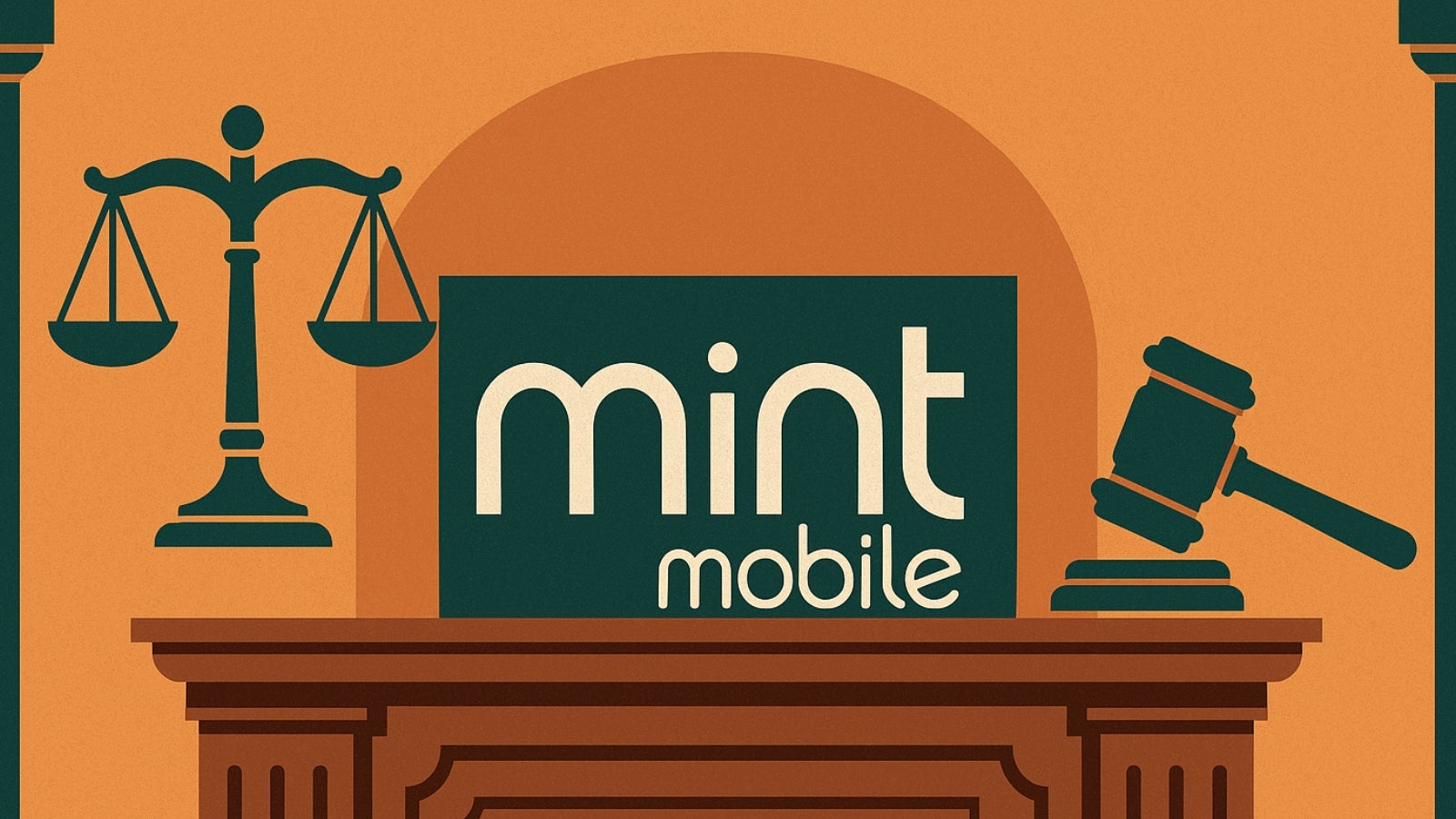






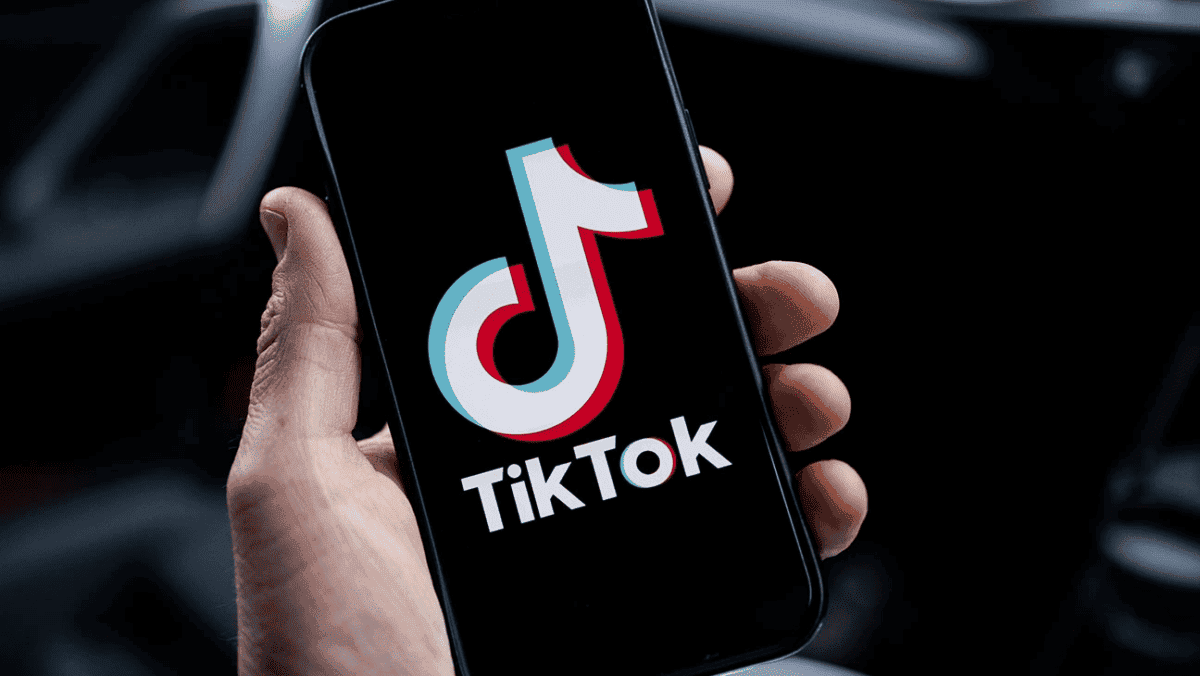















































![iPhone 17 Air Could Get a Boost From TDK's New Silicon Battery Tech [Report]](https://www.iclarified.com/images/news/97344/97344/97344-640.jpg)
![Vision Pro Owners Say They Regret $3,500 Purchase [WSJ]](https://www.iclarified.com/images/news/97347/97347/97347-640.jpg)
![Apple Showcases 'Magnifier on Mac' and 'Music Haptics' Accessibility Features [Video]](https://www.iclarified.com/images/news/97343/97343/97343-640.jpg)
![Sony WH-1000XM6 Unveiled With Smarter Noise Canceling and Studio-Tuned Sound [Video]](https://www.iclarified.com/images/news/97341/97341/97341-640.jpg)















![Upgrade your CarPlay experience in 2025 with Ottocast NanoAI and Mini Wireless [20% off]](https://i0.wp.com/9to5mac.com/wp-content/uploads/sites/6/2025/05/nano-ai-banner-pc.jpg?resize=1200%2C628&quality=82&strip=all&ssl=1)


























































































































































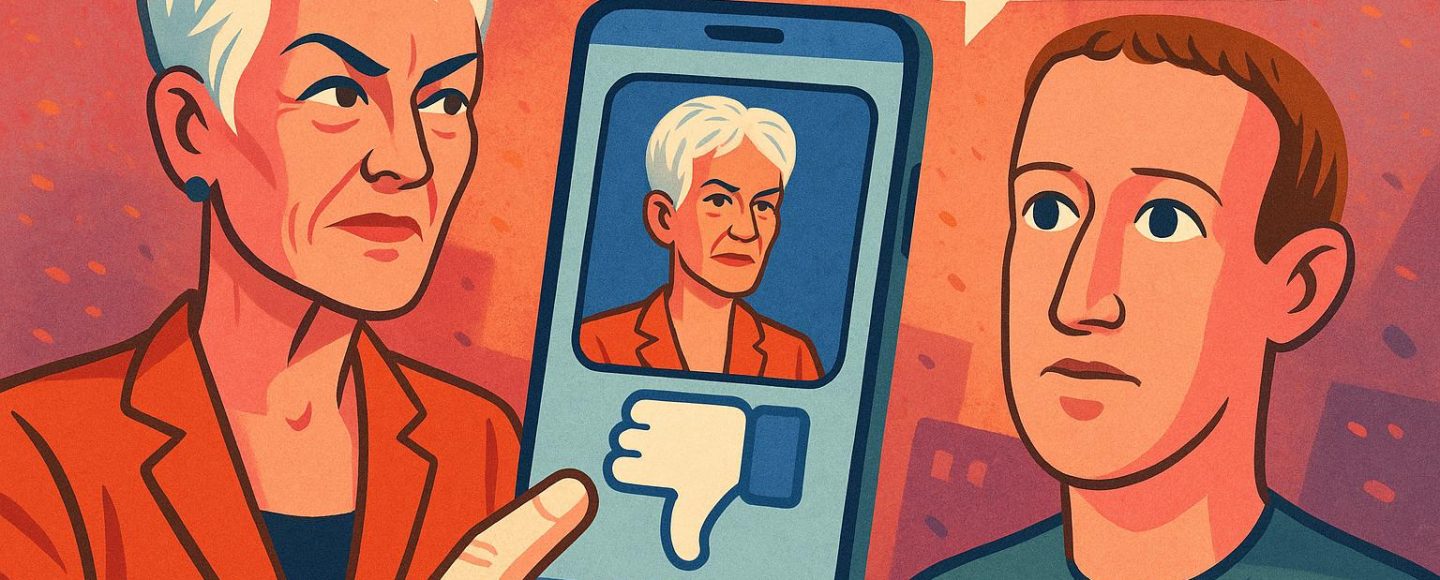
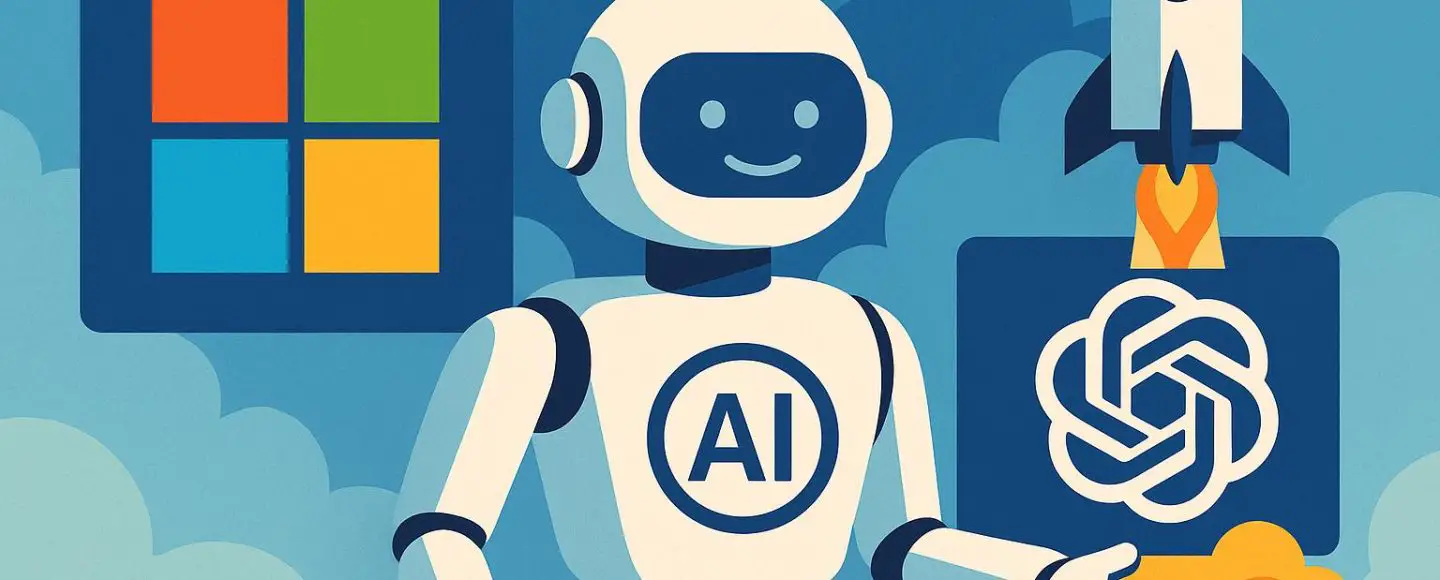





















































![[The AI Show Episode 147]: OpenAI Abandons For-Profit Plan, AI College Cheating Epidemic, Apple Says AI Will Replace Search Engines & HubSpot’s AI-First Scorecard](https://www.marketingaiinstitute.com/hubfs/ep%20147%20cover.png)
























![How to Enable Remote Access on Windows 10 [Allow RDP]](https://bigdataanalyticsnews.com/wp-content/uploads/2025/05/remote-access-windows.jpg)







































































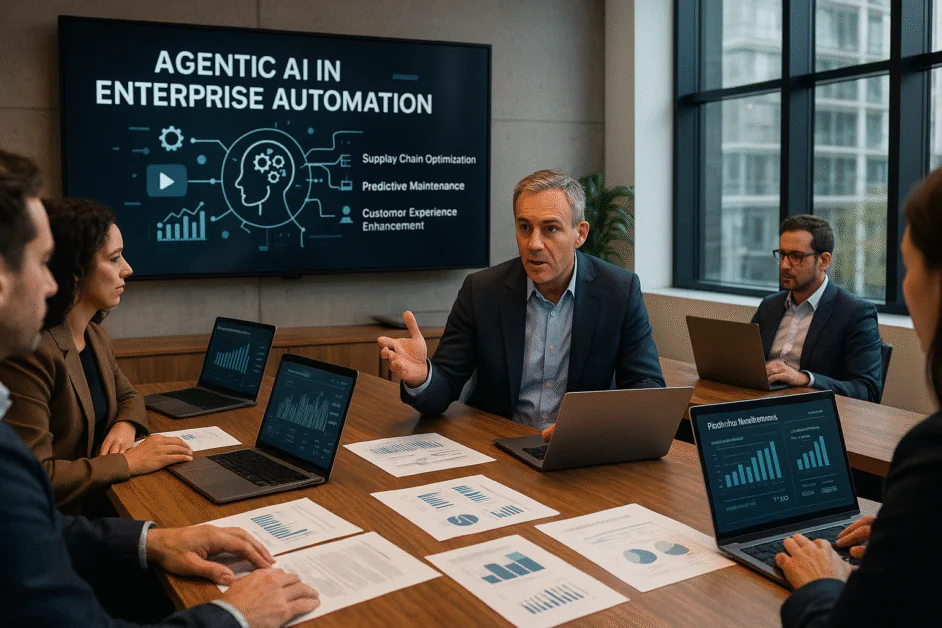















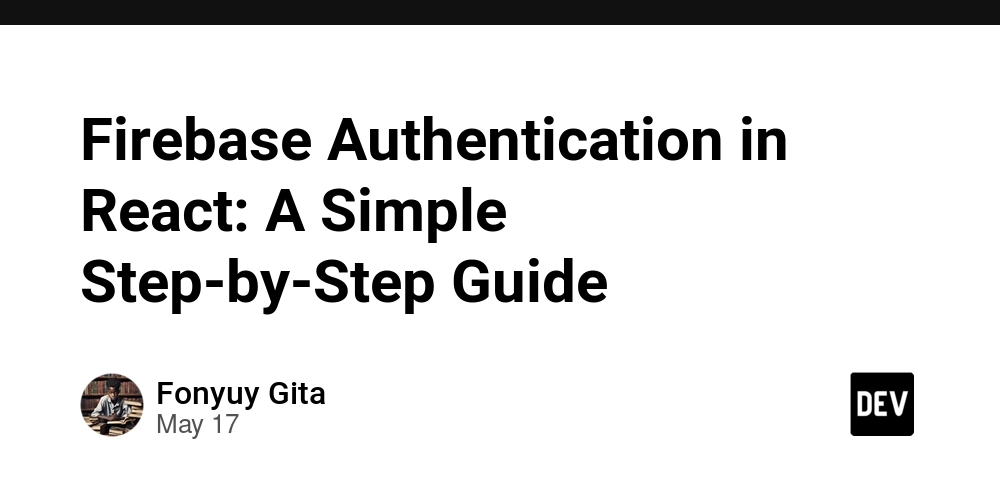

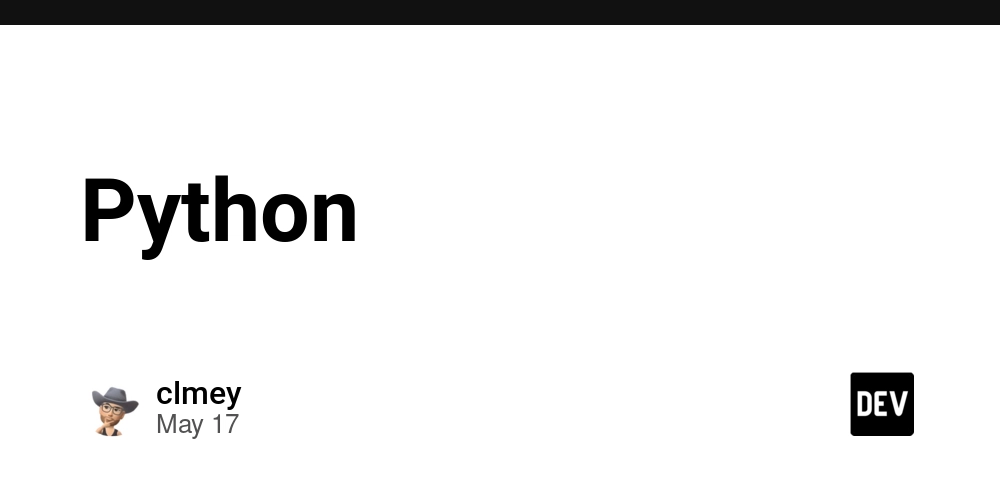









































![How to make Developer Friends When You Don't Live in Silicon Valley, with Iraqi Engineer Code;Life [Podcast #172]](https://cdn.hashnode.com/res/hashnode/image/upload/v1747360508340/f07040cd-3eeb-443c-b4fb-370f6a4a14da.png?#)


![[FREE EBOOKS] Modern Generative AI with ChatGPT and OpenAI Models, Offensive Security Using Python & Four More Best Selling Titles](https://www.javacodegeeks.com/wp-content/uploads/2012/12/jcg-logo.jpg)





























































































